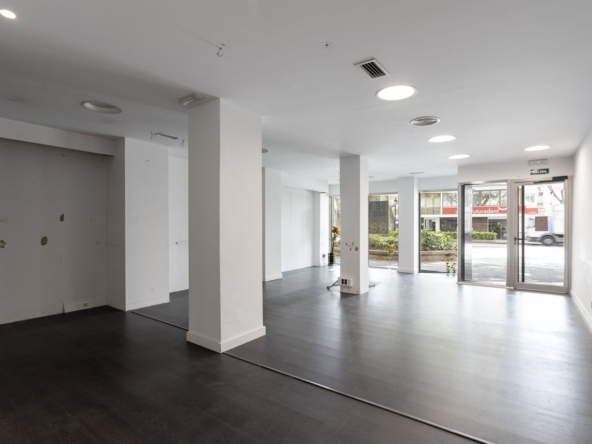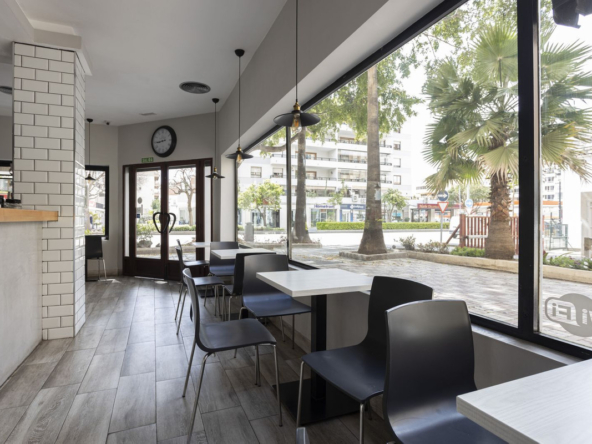Warning: Attempt to read property "ID" on bool in /var/www/realtivo.com/public/wp-content/themes/houzez/author.php on line 100
Warning: Attempt to read property "ID" on bool in /var/www/realtivo.com/public/wp-content/themes/houzez/author.php on line 101
Warning: Attempt to read property "display_name" on bool in /var/www/realtivo.com/public/wp-content/themes/houzez/author.php on line 102
Warning: Attempt to read property "user_email" on bool in /var/www/realtivo.com/public/wp-content/themes/houzez/author.php on line 103
Warning: Attempt to read property "user_url" on bool in /var/www/realtivo.com/public/wp-content/themes/houzez/author.php on line 104
Warning: Attempt to read property "description" on bool in /var/www/realtivo.com/public/wp-content/themes/houzez/author.php on line 105
Warning: Attempt to read property "ID" on bool in /var/www/realtivo.com/public/wp-content/themes/houzez/author.php on line 126
About
Deprecated: trim(): Passing null to parameter #1 ($string) of type string is deprecated in /var/www/realtivo.com/public/wp-includes/formatting.php on line 449
Sort by:










